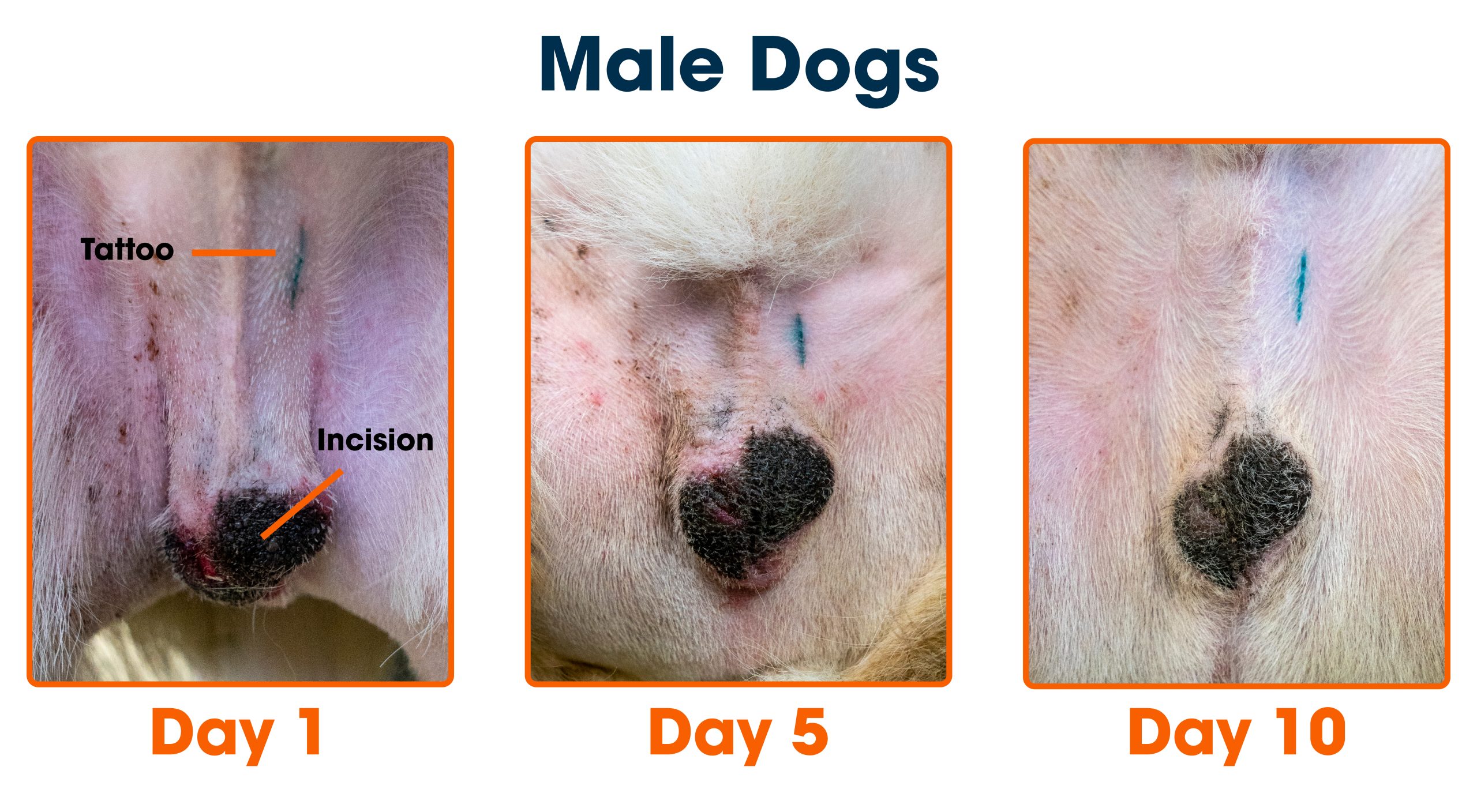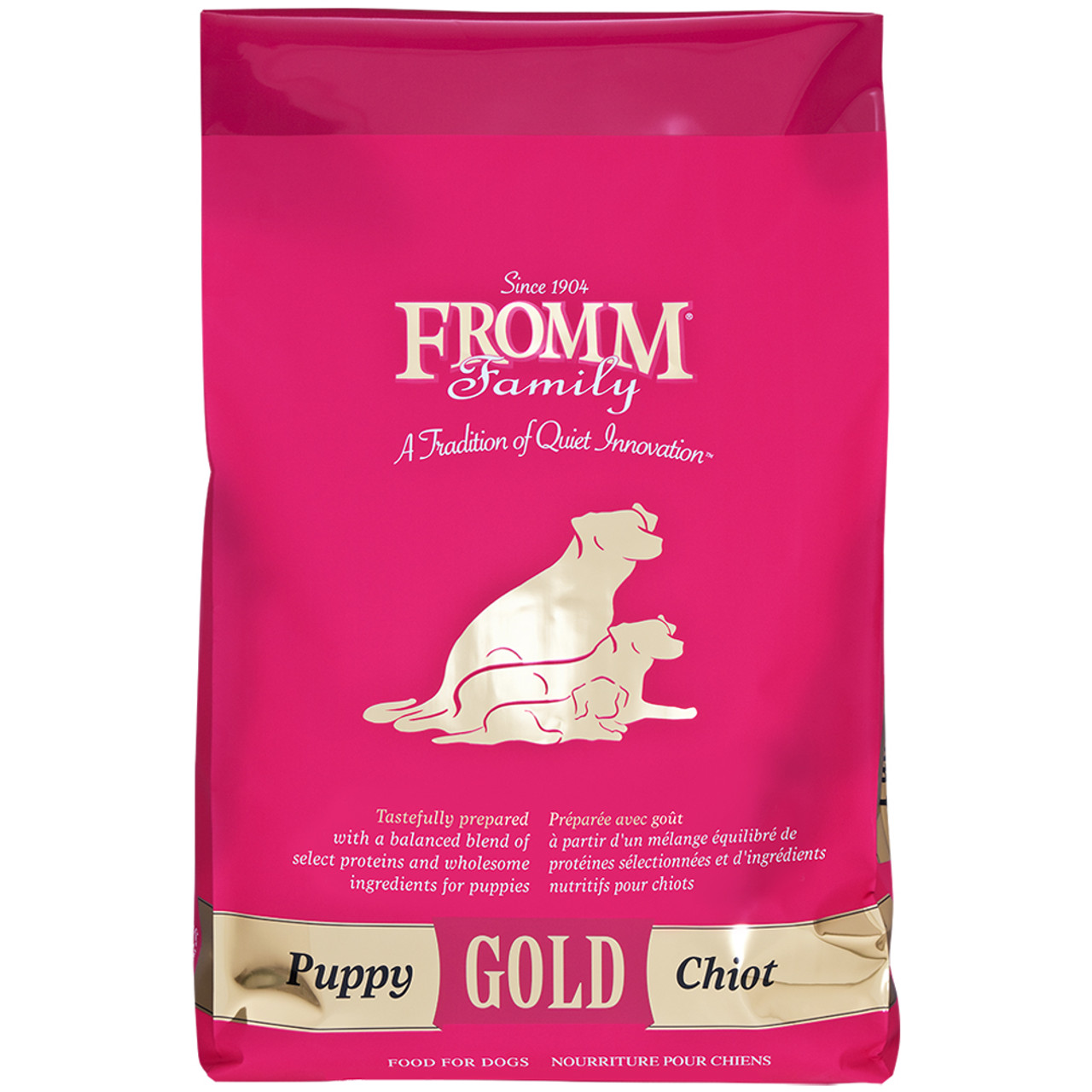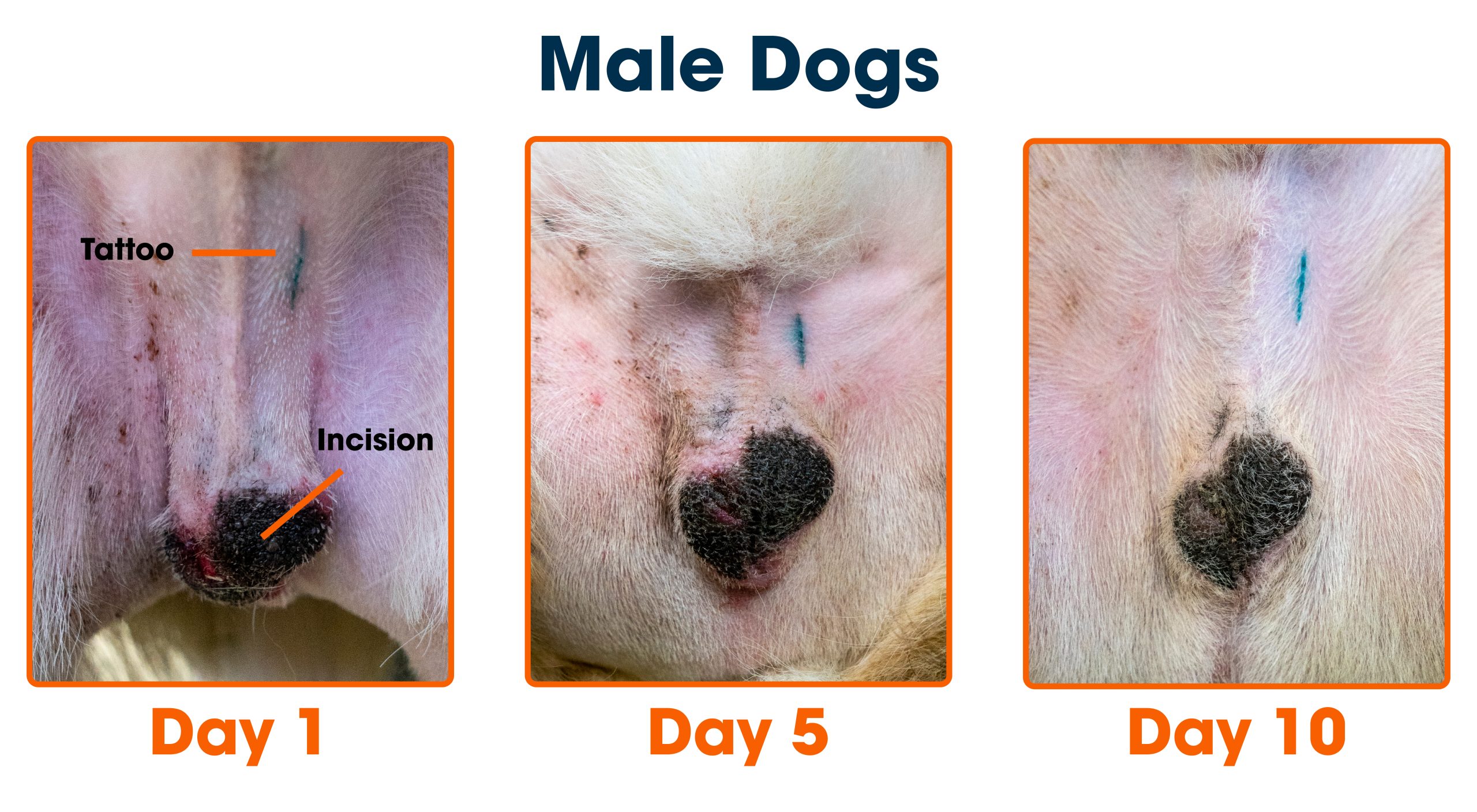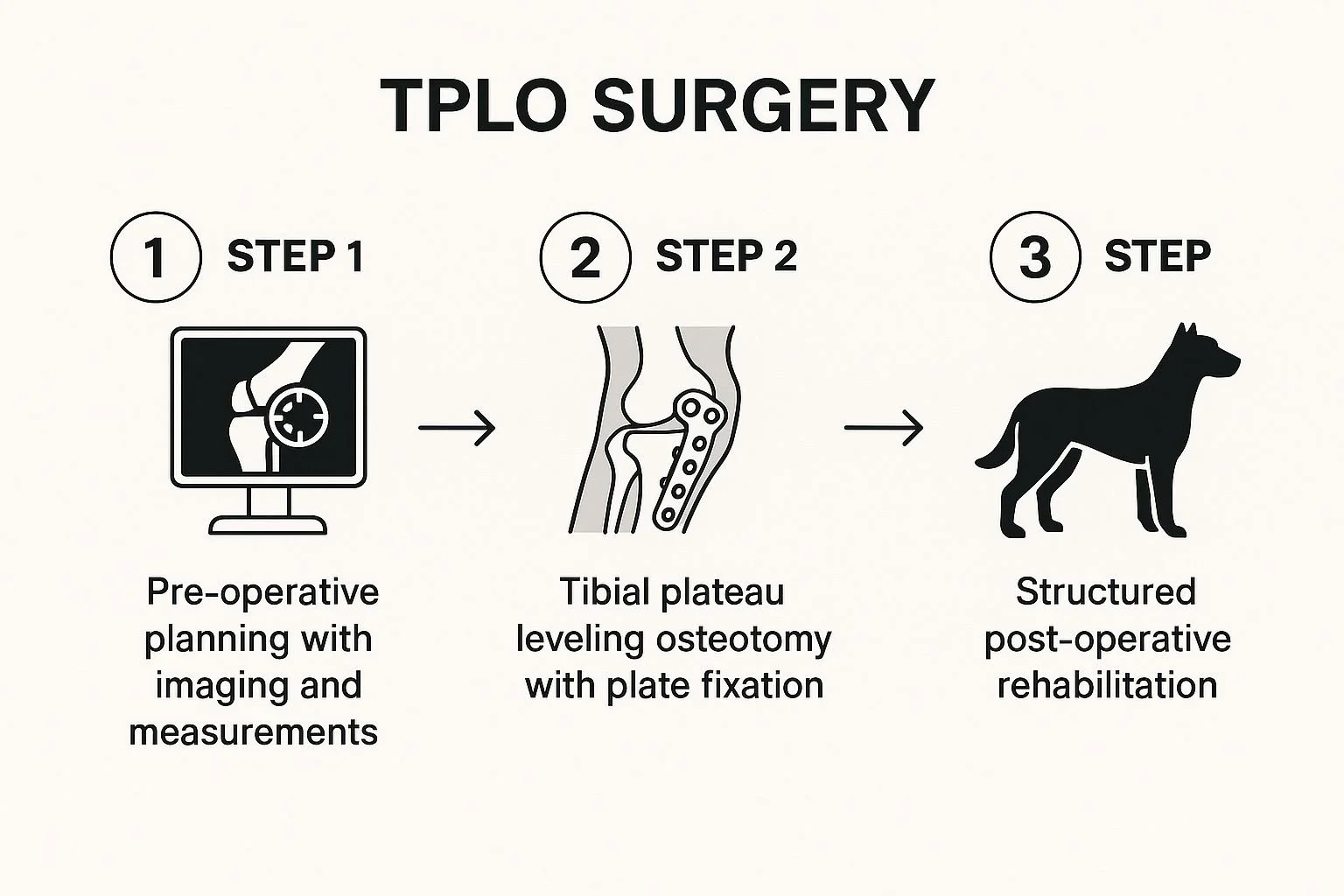Have you noticed fatty lumps on your dog and wondered if they could be taking away important nutrients from your furry friend? It’s natural to worry about your pet’s health and wonder if these growths might be stealing the energy and nourishment your dog needs.
You want your dog to stay happy and strong, but these fatty bumps can leave you feeling unsure and concerned. Keep reading to find out the truth about fatty growths and how they really affect your dog’s nutrition and well-being.
This information can help you make the best choices for your loyal companion.
Understanding Fatty Growths
Fatty growths on dogs are common and often cause concern for pet owners. These lumps usually form under the skin and can vary in size and shape. Understanding what fatty growths are helps in knowing their impact on your dog’s health. Not all growths are harmful, but recognizing them is important for proper care.
Types Of Fatty Growths
- Lipomas:Soft, movable lumps made of fat cells. Usually harmless and slow-growing.
- Fatty cysts:Small sacs filled with fatty material, often found near hair follicles.
- Fatty tumors:Can be benign or malignant. Require veterinary check to confirm.
Causes Of Fatty Growths
- Genetics play a big role in developing fatty growths.
- Older dogs are more prone to these lumps.
- Obesity can increase fat deposits under the skin.
- Hormonal changes may trigger fatty growth formation.
- Repeated trauma or irritation in one spot may cause lumps.

Credit: www.instagram.com
Impact On Canine Health
Fatty growths on dogs often raise concerns about their health effects. Understanding their impact helps pet owners care better. These growths vary in size and type, influencing health differently. Some fatty lumps are harmless, while others may cause issues. It is important to learn how they affect nutrition and overall health.
Nutrition Absorption
Fatty growths do not directly steal nutrients from the dog’s body. They consist mostly of fat cells and do not consume food nutrients. The dog’s digestive system continues to absorb nutrients normally. However, very large growths might press on organs and affect digestion.
When organs like the stomach or intestines are compressed, nutrient absorption can slow down. This can cause mild nutritional deficiencies over time. Most dogs with small or medium fatty lumps maintain good nutrition. Regular veterinary checks help track any changes in health.
Potential Health Issues
Fatty growths can sometimes lead to other health problems. Large or multiple growths might cause discomfort or limit movement. In rare cases, fatty tumors become cancerous, requiring immediate attention.
Other issues include:
- Skin irritation or infections around the growth
- Pain if the lump presses on nerves
- Interference with blood flow if near vital areas
Monitoring the size and texture of growths is vital. Early detection of changes can prevent serious health risks. Always consult a vet if the lump grows quickly or looks unusual.
Signs And Symptoms
Noticing signs and symptoms early helps protect your dog’s health. Fatty growths may cause changes that are easy to miss. Observing your dog daily can reveal clues about their condition. Both physical and behavioral changes play important roles in spotting issues.
Physical Indicators
- Soft lumps under the skin that grow over time
- Swelling or redness around the fatty growth
- Skin irritation or hair loss near the lump
- Unusual weight loss despite normal eating habits
- Visible discomfort when the area is touched
- Fatty masses that feel warm or tender
Behavioral Changes
- Reduced energy or reluctance to play
- Loss of appetite or changes in eating habits
- Increased rest or hiding away more than usual
- Signs of pain, like limping or whining
- Changes in mood such as irritability or aggression
- Difficulty moving or stiffness
Diagnosis And Testing
Understanding whether fatty growths are affecting your dog’s nutrition starts with accurate diagnosis and testing. Identifying the nature of these growths helps determine if they pose a real threat to your pet’s health or nutritional status. Let’s look closely at how veterinarians approach this crucial step.
Veterinary Examination
Your vet begins with a thorough physical examination, feeling the growths and checking your dog’s overall condition. They assess size, texture, and location of the fatty lumps to decide if further investigation is needed.
During the exam, your vet also looks for other signs that might indicate nutritional deficiencies, like dull fur or weight loss. Have you noticed any changes in your dog’s energy or appetite recently? Sharing these details can help guide the diagnosis.
Diagnostic Procedures
If the physical exam raises concerns, your vet may recommend diagnostic tests to better understand the fatty growths. Common procedures include:
- Fine Needle Aspiration (FNA):A small needle collects cells from the lump for microscopic examination.
- Biopsy:A tissue sample is taken to confirm if the growth is benign or malignant.
- Blood Tests:These check your dog’s overall health and nutritional status.
- Imaging:X-rays or ultrasounds help see if the growth affects internal organs.
These tests provide clear answers about whether fatty growths interfere with nutrient absorption or pose other risks. Knowing this can guide you in making informed decisions about treatment and diet adjustments.
Treatment Options
Treating fatty growths in dogs depends on their size, location, and impact on health. Some growths need removal, while others only need monitoring. The right treatment protects your dog’s wellbeing and comfort.
Surgical Interventions
Surgery removes fatty growths completely. It suits growths that cause pain or restrict movement. Vets use local or general anesthesia for safety. Surgery helps prevent growths from growing larger or becoming harmful. Recovery usually takes a few days to weeks. Follow-up visits check healing and prevent infection.
Non-surgical Approaches
Not all fatty growths need surgery. Some are harmless and stay the same size. Monitoring helps track any changes over time. Diet and exercise support your dog’s overall health. Sometimes vets use medications to reduce inflammation or discomfort. Regular vet check-ups ensure growths do not affect nutrition or health.

Credit: www.facebook.com
Preventive Measures
Preventing fatty growths from affecting your dog’s nutrition involves proactive care and attention to their overall health. While these growths may not always steal nutrients directly, they can impact your dog’s wellbeing in subtle ways. Taking steps to maintain their health helps you catch issues early and supports your dog’s nutrition effectively.
Dietary Adjustments
What you feed your dog plays a big role in managing their weight and overall health. Choose a balanced diet rich in high-quality proteins, healthy fats, and essential vitamins. Avoid feeding too many treats or table scraps that add unnecessary calories and can promote fatty growths.
Adding natural antioxidants like blueberries or spinach can support your dog’s immune system. Also, consider foods with omega-3 fatty acids, which help reduce inflammation and support skin health. Have you noticed your dog’s energy levels or coat condition changing with diet? Small tweaks might make a big difference.
Regular Health Check-ups
Scheduling consistent vet visits is crucial to spotting any abnormal growths early. Your vet can monitor changes in your dog’s body and recommend timely tests or treatments. Early detection often means less stress for your dog and easier management of any issues.
Don’t wait for visible lumps to appear—some fatty growths develop beneath the skin and may go unnoticed. By keeping up with regular check-ups, you give your dog the best chance at staying healthy and maintaining proper nutrition. How often do you check your dog for unusual bumps or changes?
Myths And Misconceptions
Many dog owners worry about fatty growths and their impact on nutrition. These concerns often come from myths and misunderstandings. Clearing these up helps you care better for your dog’s health.
Common Beliefs
- Fatty growths take nutrients away from the dog’s body.
- These lumps cause weight loss or poor health.
- All fatty growths are dangerous and need removal.
- Fatty tumors grow because the dog eats too much fat.
Scientific Clarifications
Fatty growths, also called lipomas, are usually harmless. They do not steal nutrients from the dog’s body. Instead, they store fat cells in one place.
These lumps do not affect how the dog digests or absorbs food. Dogs with lipomas generally maintain normal nutrition and weight.
Not all fatty lumps need to be removed. Vets decide based on size, location, and whether the lump causes problems.
Fatty growths are not caused solely by diet. Genetics and age play bigger roles in their development.
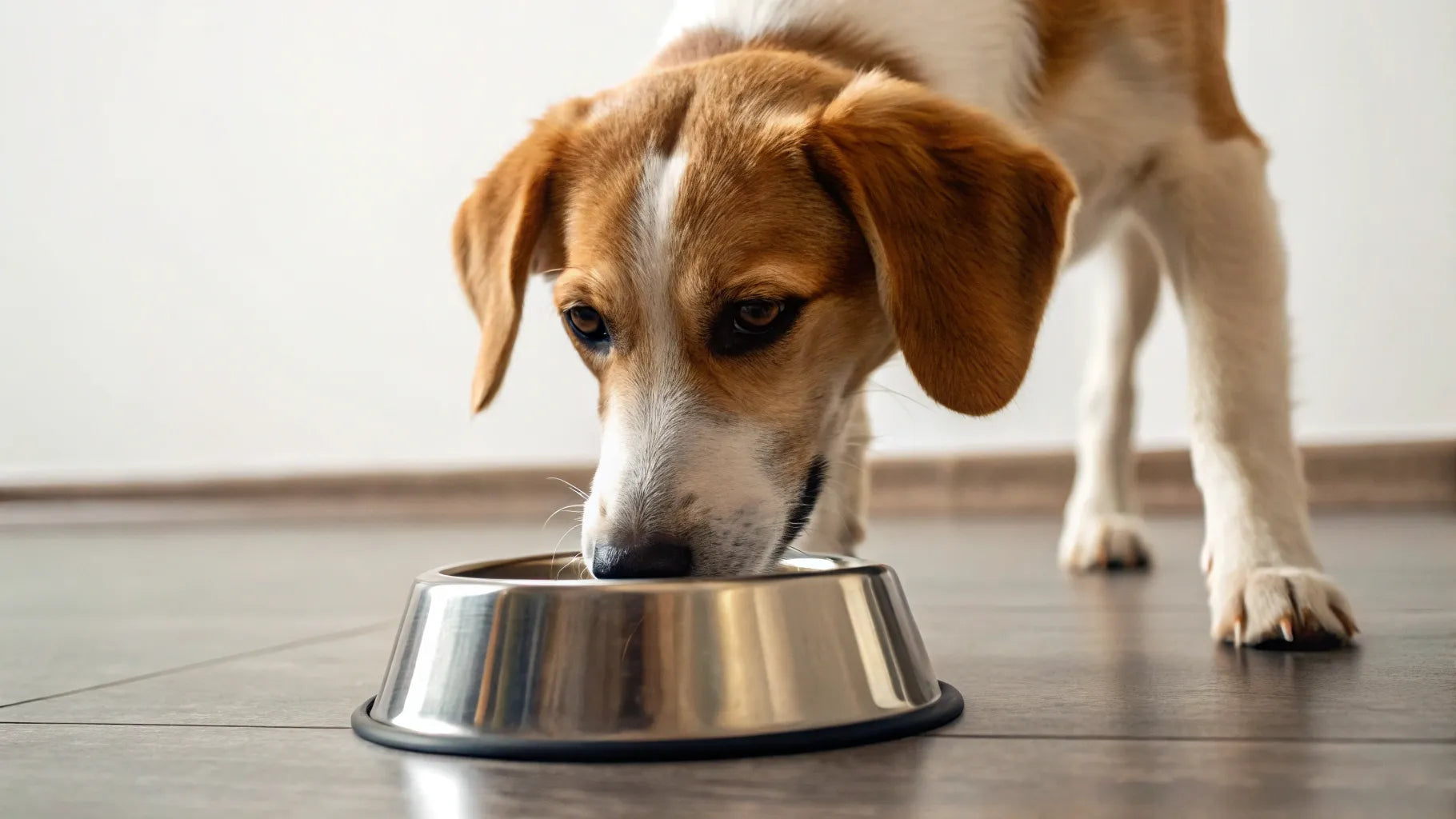
Credit: www.houndsy.com
Frequently Asked Questions
Do Fatty Growths Affect My Dog’s Nutrition Absorption?
Fatty growths generally do not affect a dog’s nutrition absorption. They are mostly benign and remain localized. However, large or multiple growths might cause discomfort or mobility issues, indirectly impacting eating habits and nutrition.
Can Fatty Tumors Cause My Dog To Lose Weight?
Fatty tumors themselves rarely cause weight loss in dogs. Weight loss may indicate other health issues. Always consult a vet for a proper diagnosis if your dog is losing weight unexpectedly.
Should I Change My Dog’s Diet Because Of Fatty Growths?
Diet changes are not usually necessary due to fatty growths. Focus on balanced, nutrient-rich food. Consult your vet if you notice changes in appetite or weight to ensure proper nutrition.
Are Fatty Growths In Dogs Cancerous Or Harmful?
Most fatty growths, or lipomas, are benign and not harmful. However, some growths can be malignant. Always have a vet examine any new or changing lumps to rule out cancer.
Conclusion
Fatty growths on dogs usually do not steal nutrition from their bodies. These lumps are mostly harmless and do not affect how your dog eats or uses food. Still, watch for changes in size or shape. A vet check helps ensure your dog stays healthy and happy.
Remember, good food and care support your dog’s well-being. Don’t ignore any new or growing lumps. Taking action early keeps problems small and easier to treat. Your dog deserves the best care and attention every day.

